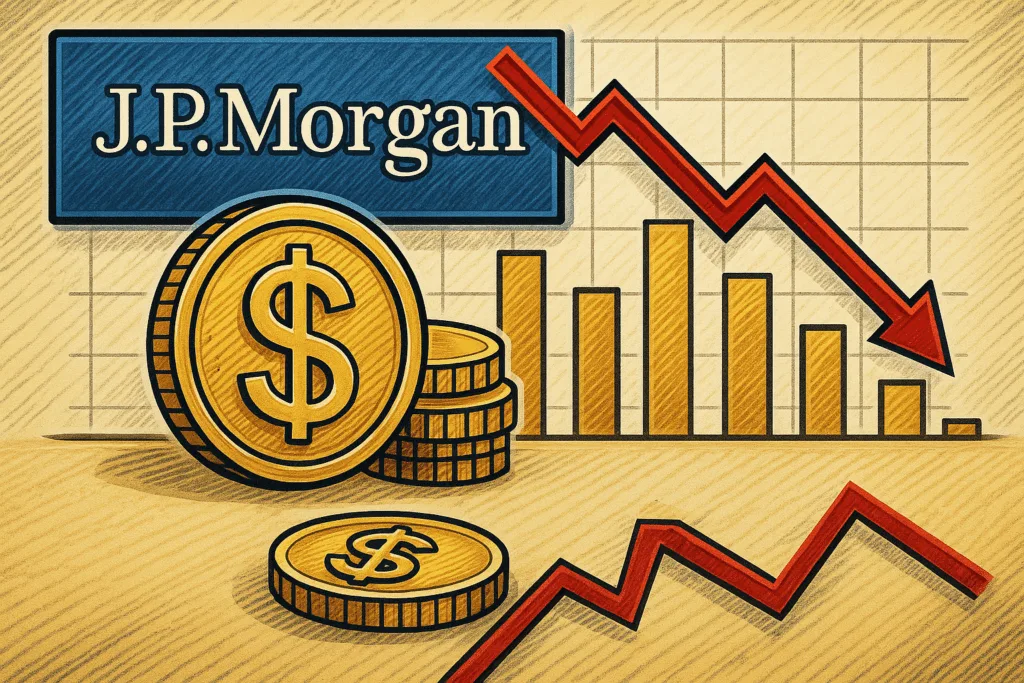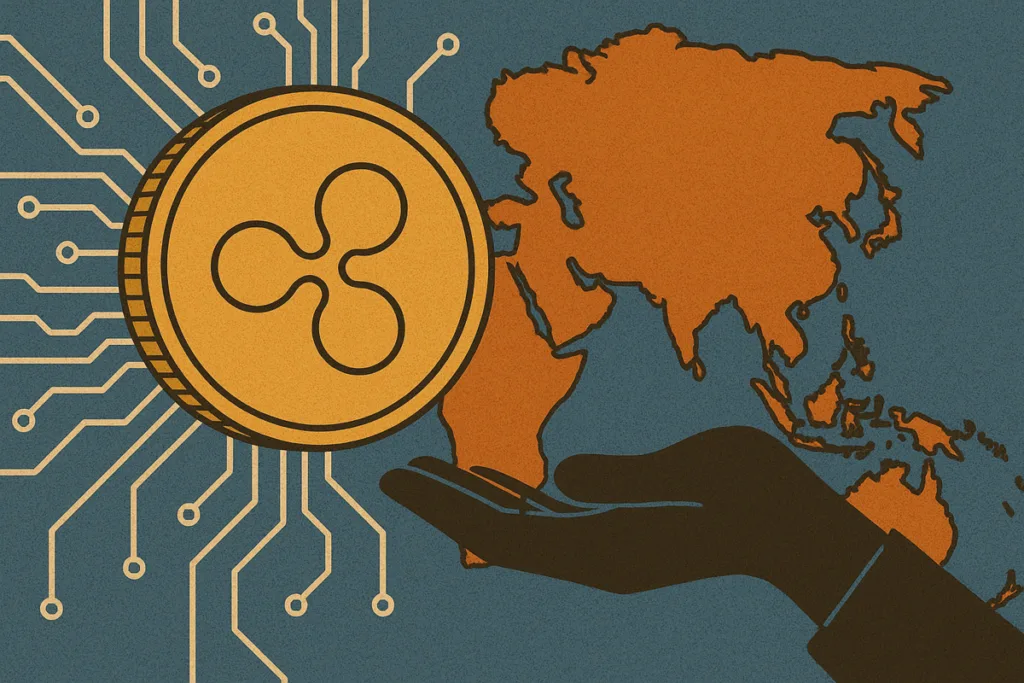JPMorgan has revised its stablecoin market growth forecast, now projecting a cap of $500 billion by 2028, down significantly from previous estimates of $1–2 trillion.This cautious view stems from a combination of limited real‑world adoption, regulatory fragmentation, and strong competition from existing digital payment systems.
The Global Markets Strategy desk at JP Morgan said that the probabilities of the ‘far optimistic’ projections have diminished. “We find forecasts for an exponential expansion of the stablecoin universe from $250bn currently to $1tr-$2tr over the coming years as far too optimistic and we are looking for a more moderate expansion to $500bn by 2028.”
According to a Reuters report, 88% of stablecoin activity currently is tied to trading, DeFi, and crypto treasury management. It estimated a mere 6% or approximately $15 billion, usage for actual payments. This stark discrepancy highlights that stablecoins have yet to break into everyday financial operations.
Newsletter
Get weekly updates on the newest crypto stories, case studies and tips right in your mailbox.
“The idea that stablecoins will replace traditional money for everyday use is still far from reality,” the brokerage said. Further dampening the outlook are structural barriers such as low yields, inflation pressures, and costly fiat on/off‑ramp.
JP Morgan goes on to cite examples of fintech like Alipay, WeChat Pay, and emerging central bank digital currencies (CBDCs) such as China’s e‑CNY, which poses stiff competition to an internationally used stablecoin, one that isnt backed by the U.S. dollar or requires public blockchain frameworks.
Stablecoins, once primarily used for crypto trading, are now gaining traction among fintech firms and banks seeking faster payment and settlement solutions. This growing interest has also caught the eye of U.S. lawmakers, leading to the Senate’s recent passage of the GENIUS Act, a move analysts believe could finally deliver much-needed regulatory clarity.










